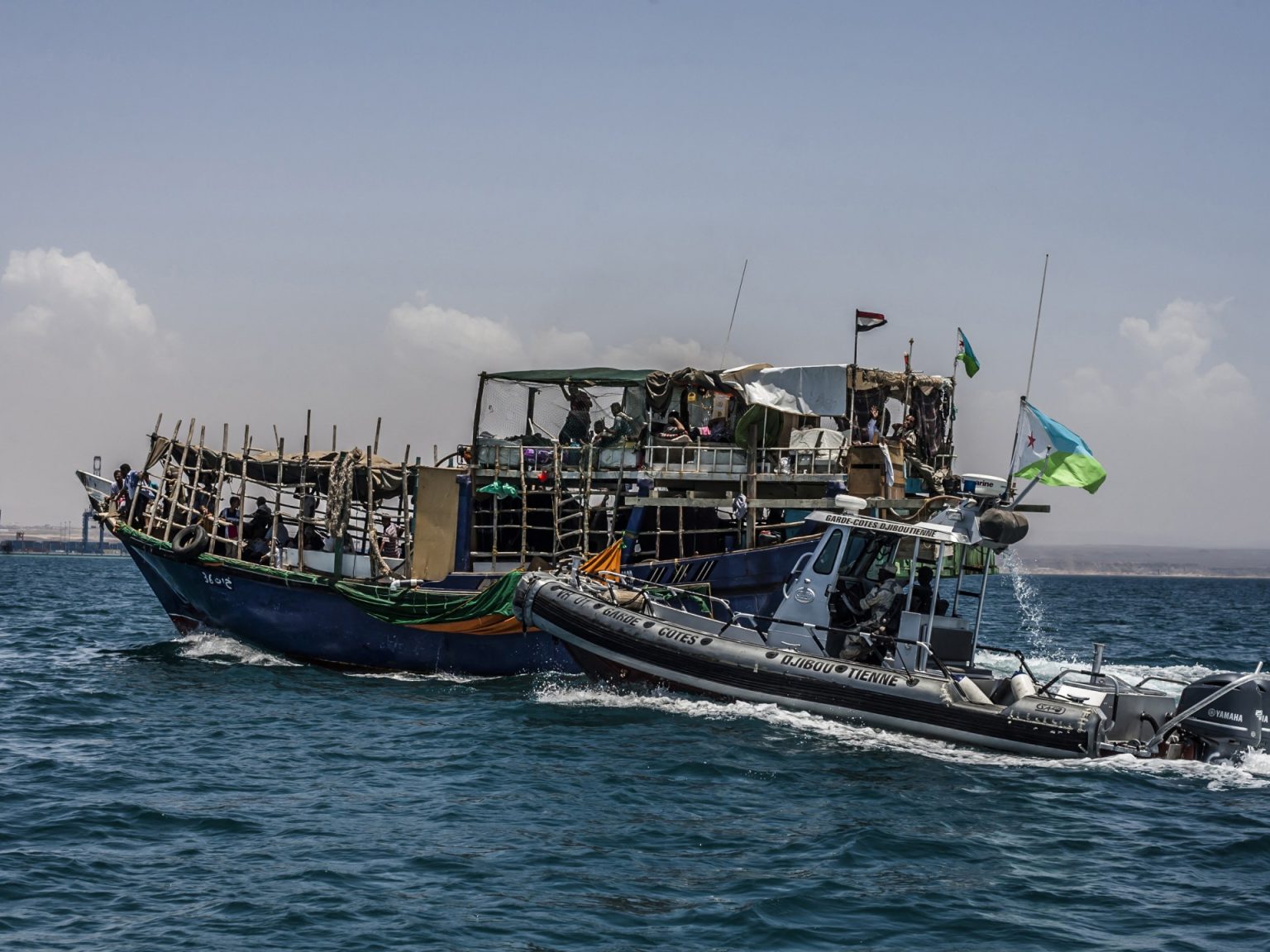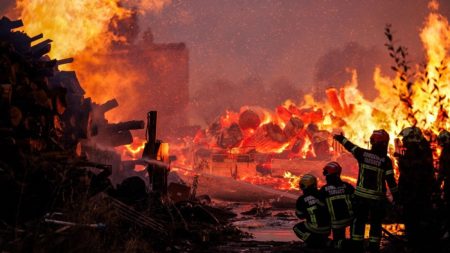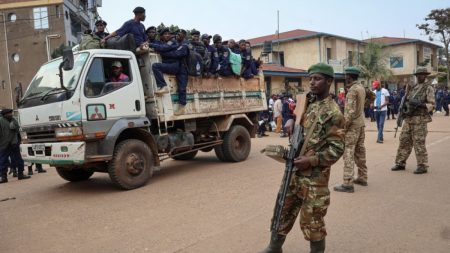The route across the Red Sea from Africa to Yemen and beyond is one of the busiest and most dangerous migration routes in the world for refugees and migrants. Two vessels carrying a total of 310 people sank off the coast of Djibouti, resulting in at least 45 deaths and dozens of people still missing. The International Organization for Migration (IOM) has been involved in search and rescue operations, with 32 survivors found so far. Djibouti’s coastguard has also been working to rescue survivors and locate those still missing.
The boats sank just 150 metres from a beach near Djibouti’s northwest Khor Angar region, highlighting the dangerous nature of the journey. This is not the first incident in this region, as similar tragedies have occurred in the past. In April, 38 people died when their boat sank off the coast of Djibouti, and in June, 49 people died when their boat sank after setting off from Somalia. The Red Sea crossing is a popular route for those seeking a better future, with many heading towards Saudi Arabia and the Gulf states.
Human smugglers play a significant role in packing refugees and migrants onto overcrowded vessels as they make the perilous journey across the Red Sea. The risks of drowning are compounded by health risks, violence, and exploitation by traffickers along the way, as well as in the Gulf countries where many hope to find work. The IOM has recorded nearly 700 deaths or disappearances in 2023 alone, with almost 1,000 people having suffered the same fate since 2014. Despite the dangers, tens of thousands of people continue to attempt the Eastern Route each year, fleeing conflict, political violence, and climate change in their home countries.
The Eastern Route attracts refugees and migrants from the Horn of Africa who are seeking a better life in the Gulf states. Many make the journey in search of work opportunities, with some eventually returning home and repeating the dangerous route in reverse. The IOM has described this route as one of the busiest and most treacherous migration paths in the world, a sentiment echoed by humanitarian organizations. The challenges faced by those attempting the crossing include overcrowded vessels, unpredictable weather conditions, and the constant threat of being exploited by human traffickers.
Efforts to rescue survivors and locate missing individuals continue, with both IOM and Djibouti’s coastguard playing a crucial role in these operations. The tragic loss of life in this latest shipwreck serves as a grim reminder of the dangers faced by those attempting to cross the Red Sea in search of a better life. As long as conflict, political violence, and other challenges persist in the region, many will continue to risk their lives in the hope of finding safety and economic opportunities elsewhere.













